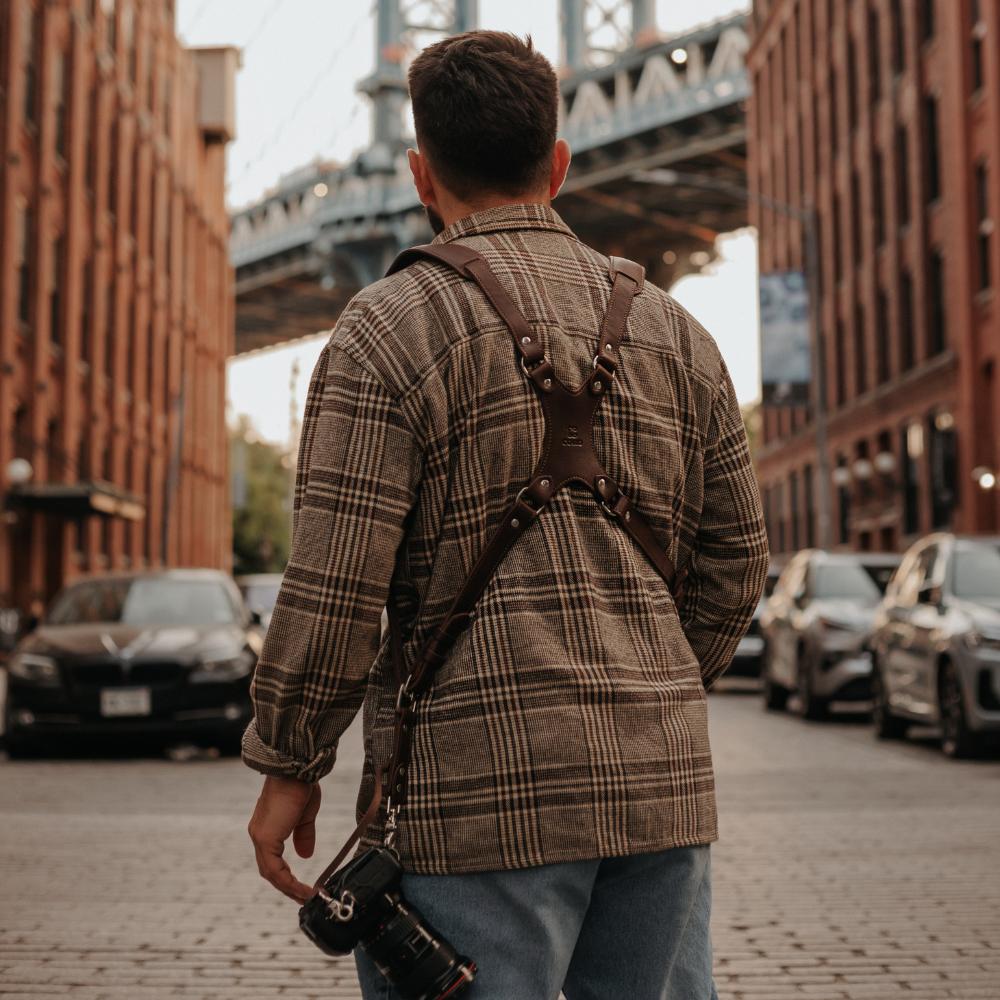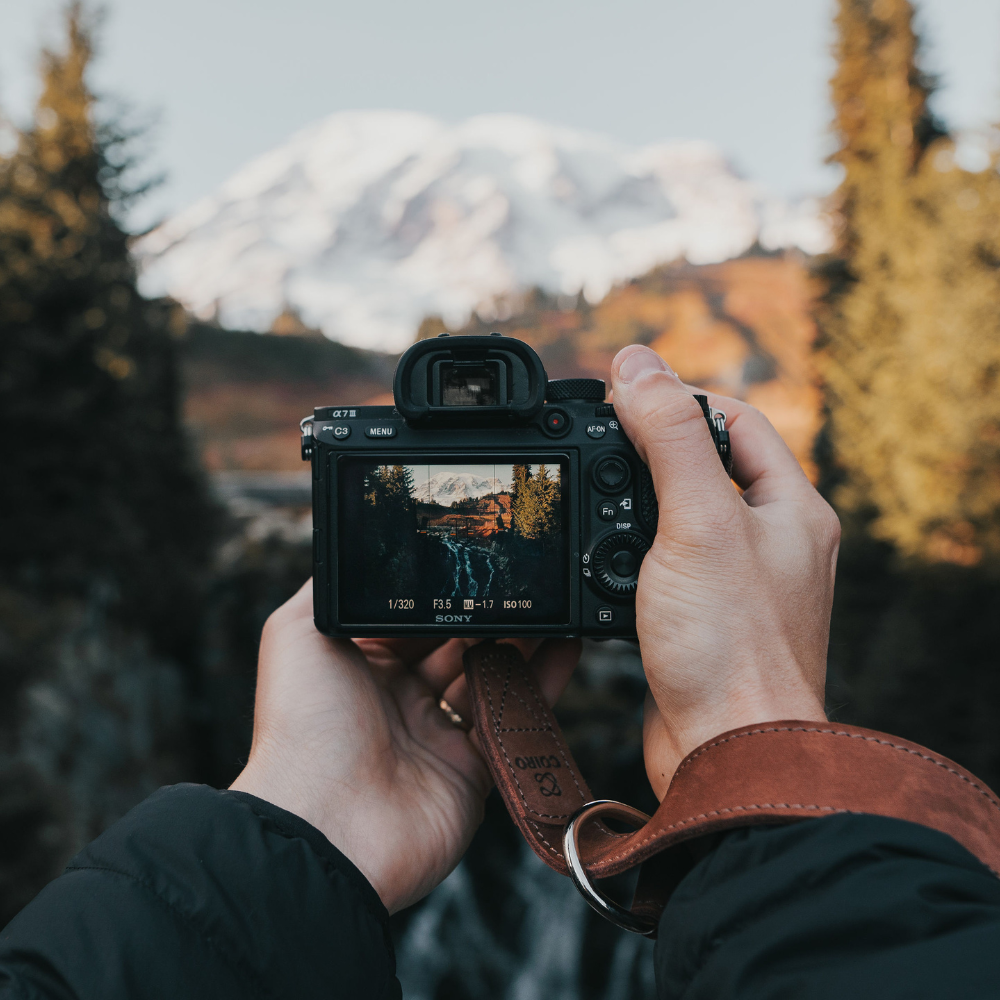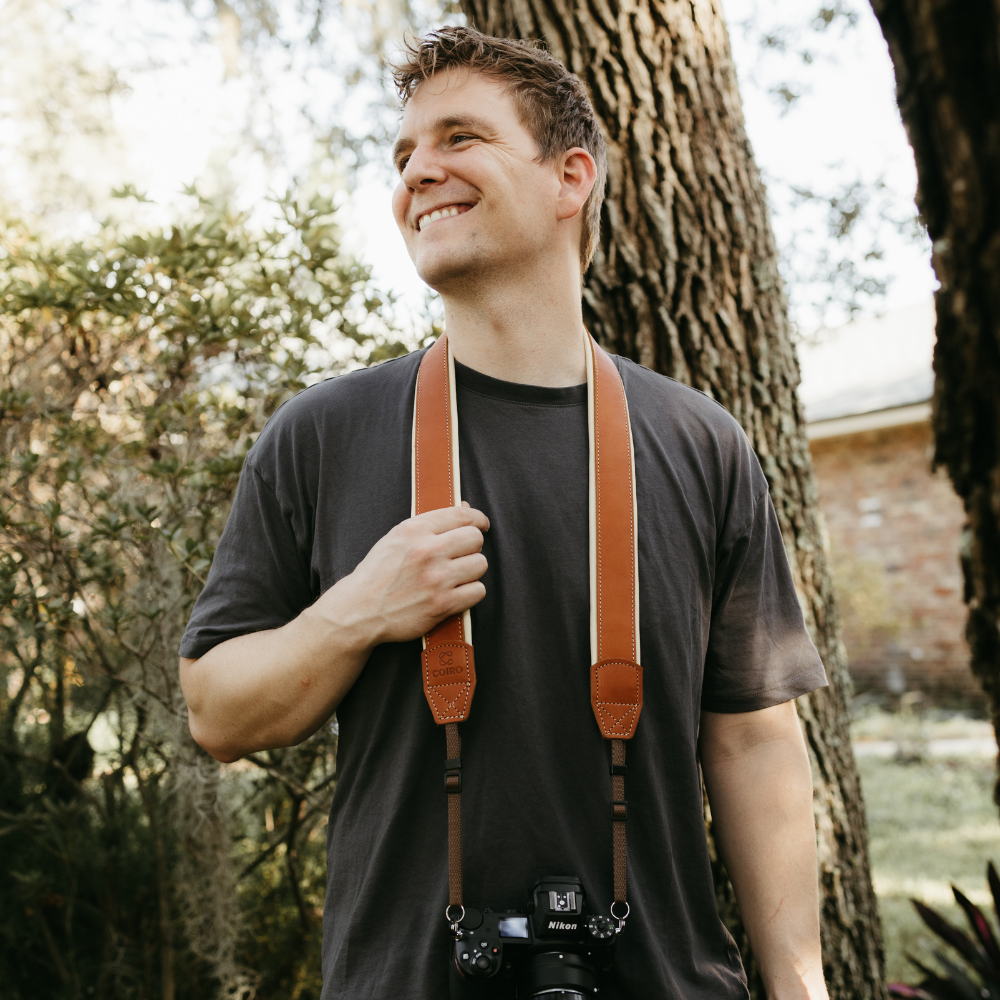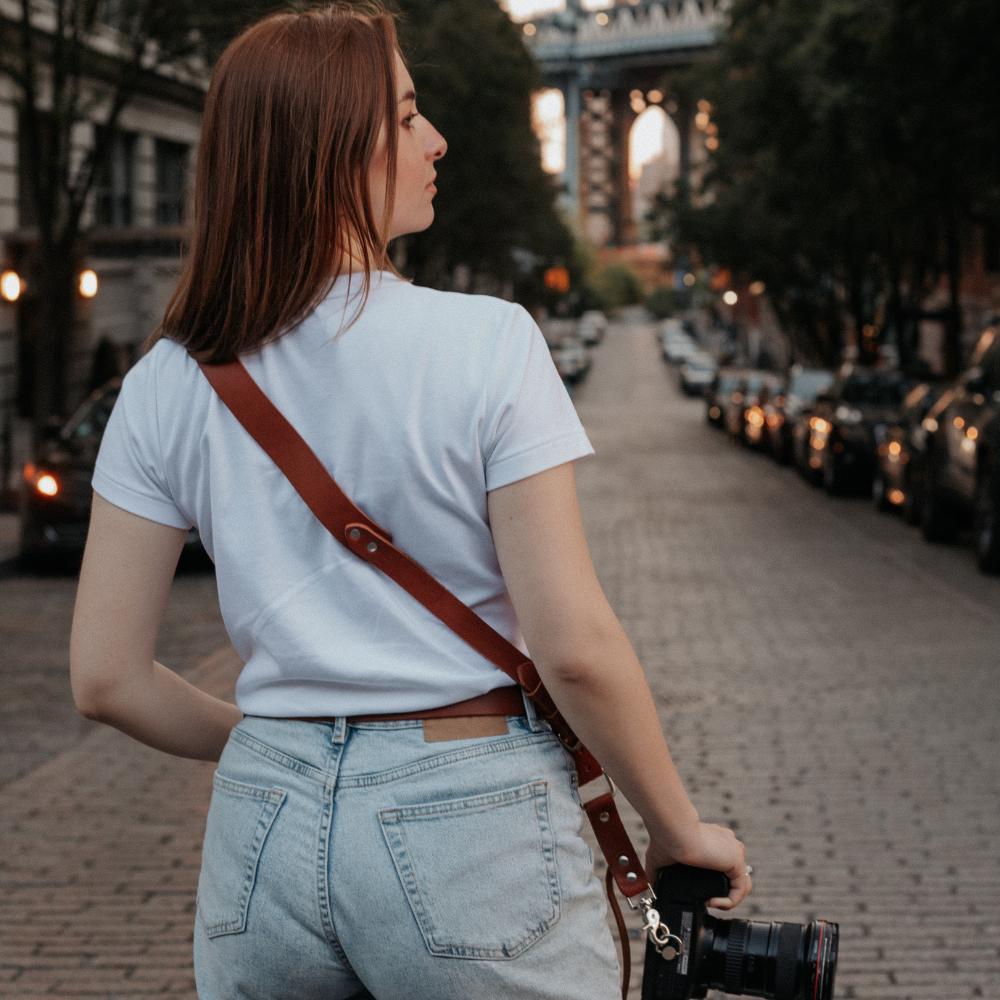Cinematic photography is a special art of extremely precise rendering of atmosphere, depth and emotion, like stills from your favorite movies and TV series. It attracts with its drama, unique colors and play of light. When looking at it, you inevitably get the feeling that the photos are part of a larger plot. This style is popular not only among professional photographers, but also enthusiasts who want to bring a cinematic look and charm to their photos. How can you achieve this effect? What techniques and settings will help turn the most ordinary photo into a scene from a movie? We will try to answer these and many other questions related to this topic below.
Mastery of Lighting: The Secret of Cinematic Photography
Lighting is a key element of cinematic photography, since it is precisely thanks to the correctly selected light that the appropriate atmosphere is created, allowing you to emphasize the emotions in the frame. In order for the final photo to look like a scene from a movie, it is important to learn how to work with light, its direction, intensity and color temperature.
Soft diffused light helps to create a natural and cinematic picture, and hard shadows can add drama. Using backlighting will add volume and depth to the frame, highlighting the silhouette of the object. Colored light sources or filters allow you to convey the mood. Warm shades create coziness, cold ones — tension.
Do not be afraid to experiment with shadows, reflectors and lighting schemes. It is the lighting that will make your photos more expressive, help to convey emotions as accurately as possible and bring them closer to the magic of cinema.
Choosing the right lenses for shooting
Before you start taking cinematic photographs, you need to choose the right lens, because it plays a key role in creating a future masterpiece. This component determines the depth of field, perspective and overall style of the photo. There are several types of lenses that will make it much easier for you to achieve a cinematic effect:
-
Fast prime lenses (35 mm, 50 mm, 85 mm). Thanks to their wide aperture (f / 1.2 - f / 2.0), they allow you to create beautiful bokeh and soft separation of the subject from the background. This will undoubtedly help to give your shots a cinematic look.
-
Wide-angle (24 mm, 28 mm). They help convey space and perspective, making the shots more profound. They are often used in dramatic scenes of photo cinematography.
-
Telephoto (85 mm, 135 mm and more). Such models are great for creating portraits and isolated scenes, compressing the perspective and creating the effect of presence.
-
Anamorphic. These lenses give the frame a characteristic cinematic stretch and beautiful bokeh with oval highlights.
When choosing a lens, first of all, you should start from the style of the upcoming shoot. However, the most important thing is to use it creatively to convey the atmosphere of the scene as much as possible and immerse the viewer in the story.
Color Correction Tips

When figuring out how to create cinematic photographs, it is imperative to mention color correction. This is one of the main tools that you cannot do without when creating photos of this type. It is with its help that you can convey the mood of the scene, emphasize the atmosphere and give the frame a style reminiscent of a movie. Here are some useful tips that will help you achieve the desired effect:
-
Work with the color palette, choosing the main range of the photo. Warm tones (golden, orange) can create coziness and nostalgia, cold tones (blue, green) perfectly convey tension or drama. Start from the specific goals that you have.
-
Use color contrasts, namely a combination of warm and cold shades. Often, professional photographers use a combination of blue and orange to create expressiveness.
-
Control the saturation, as muted colors can make a photo more cinematic. Also, avoid overly bright and flashy colors, as they are inappropriate in this direction.
-
Add a vintage effect, such as slight noise, grain, or imitation of cinematic film photography, as this will help give the photo character and depth.
-
Experiment with shadows and highlights — dark areas create a dramatic mood, and soft contrast makes the photo natural.
With the right color correction, you can turn an ordinary photo into a frame taken as if from an old favorite movie.
How to achieve the Hollywood look?
To make a photo look like a still from a movie, in addition to lighting and color correction, you also need to consider the composition, emotion and atmosphere of the frame. When creating a Hollywood look, you can use the following key techniques.
Cinematic composition
It is recommended to use the rule of thirds, diagonal lines and centered framing, as this will help create balance and direct the viewer's eye. Often in films, a "leading line" is used, which visually leads to the main subject.
Soft background and depth of field
It is advisable to use lenses with a wide aperture (for example, f / 1.8 - f / 2.8). The reason is that this way you can isolate the subject and create a cinematic background blur (bokeh).
Movement in the frame
Dynamics will make the photo look alive. Try adding a slight blur to moving objects or shooting the scene exactly in the moment of action, as if it were a freeze frame from a movie.
Dramatic Lighting
Soft side light or backlighting can add depth and volume. Use artificial light sources, reflectors and diffusers to create the desired effect.
Emotions and Story
A Hollywood shot always tells a certain story. So initially think about what emotions and atmosphere you want to convey. Then, proceed to adjust the framing accordingly.
Following the above simple principles, you can achieve an impressive cinematic effect that will make your photos look like scenes from cult films.
Most Popular Techniques

There are many techniques used in creating cinematic photography that help make photos more expressive and atmospheric. Among the most popular techniques among professionals are the following:
-
Low shooting angle. Gives the scene a grandiose effect and makes the subject more impressive. Often used in cinema to create a dramatic effect.
-
Blurring the background (bokeh). Shooting with an open aperture (f/1.8 – f/2.8) helps to highlight the main subject and create a soft, artistic background, giving the photo a cinematic feel.
-
Backlight. A light source behind the subject creates a glowing effect, adds depth to the frame and enhances the atmosphere of the scene.
-
Color schemes. The combination of warm and cool tones (orange-blue contrast) makes the photo more expressive and reminiscent of the style of Hollywood films.
-
Depth of frame. Using the foreground, middle ground and background creates a three-dimensional image that looks more cinematic.
-
Dynamics and movement. Slight blurring of moving objects or using a long shutter speed helps convey a sense of life and realism.
Using the above techniques, you can achieve a real “film” effect and make the shots not just beautiful, but exciting and emotional.
Conclusion
Cinematic photography is the art of conveying atmosphere, depth and emotion, creating the effect of presence, as if you were looking at a frame from a film. How to make photographs cinematic? The tips we talked about earlier will certainly help you get closer to the desired effect. However, it is worth noting that it is especially important not to simply copy the style of cinema, but to learn how to convey the mood correctly and tell a story through a frame. Experiment with composition, light and movement, look for unique solutions. You can be sure that with the right approach and diligence, your photographs will definitely start to look truly cinematic!





